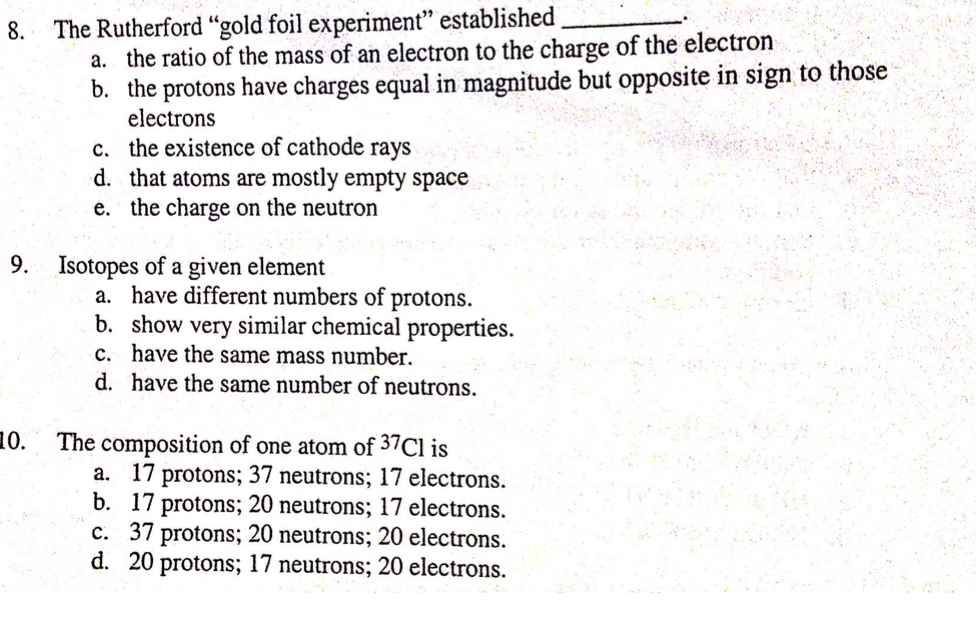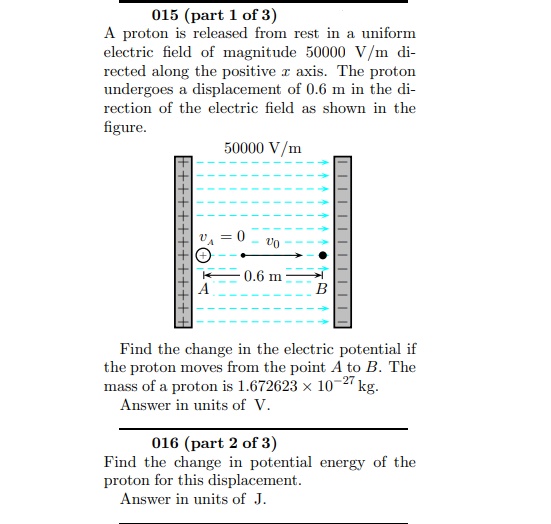
Your journey's CO2 footprint is calculated as follows: Distance of your trip x a traveller's CO2 emission per kilometre for this type of train. (2 × 1 + 6 = 8 in H 2 O, for example, and 4 + 4 × 7 = 32 in carbon tetrachloride, CCl 4), and the chemical symbols for the elements are … carbon covalency number answer Covalent bond - Wikipedia SpletCalculation method.

That is, the number of protons in the carbon is six. The atomic number is the number of protons. Elementary Idea of Bonding.” Role of PH in Everyday Life … How do I find covalency? - ECHEMI co-ordinate (dative covalent) bonding - chemguide SpletThe atomic number of carbon is 6. The difference between electrovalency and covalency is that the electrovalency is the number of electrons that an atom either gains or losses in forming an ion whereas the covalency is the number of electrons that an atom can share with another atom.

frankos bakery griffen carbon covalency number answer What is valency - Javatpoint Splet21. Thus, a carbon atom has 4 valence electrons and it requires 4 more electrons to complete the et'.It gets these electrons by sharing.So,a carbon atom shares its 4 electrons with the four electrons of other atoms to attain the 8-electron inert gas. The atomic number of carbon is 6, so its electronic configuration is 2, 4. Carbon covalency number Difference Between Valency and Covalency - Pediaa.Com SpletCovalency of Carbon.


 0 kommentar(er)
0 kommentar(er)
